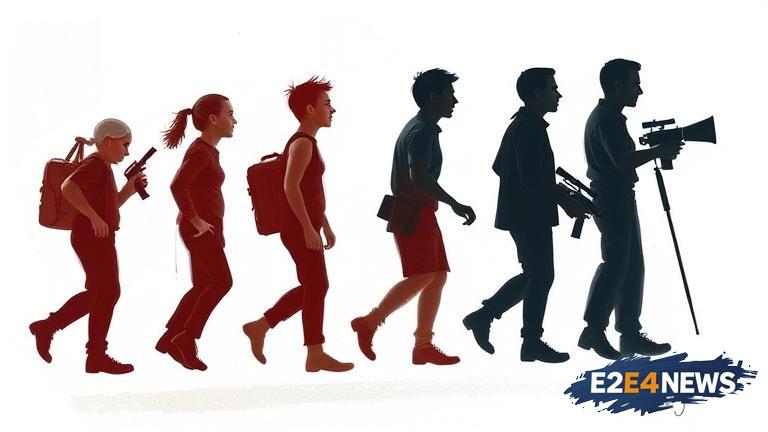The concept of the second act problem has been a topic of discussion in the film industry for many years. It refers to the phenomenon where the middle section of a movie, typically the second act, fails to deliver on the promise of the first act, resulting in a disappointing viewing experience. This can be due to a variety of factors, including poor pacing, underdeveloped characters, and a lack of clear direction. Many films have fallen victim to the second act problem, including big-budget blockbusters and independent art-house films. The issue is not limited to any particular genre, as it can affect films of all types, from action movies to romantic comedies. One of the main reasons for the second act problem is the difficulty in maintaining momentum and tension throughout the middle section of the film. This can be due to a lack of clear plot progression, or the introduction of unnecessary subplots that detract from the main story. Another factor is the challenge of developing characters beyond their initial introduction, making them feel more nuanced and relatable. The second act problem can also be caused by a lack of clear stakes, making it difficult for the audience to become invested in the story. Furthermore, the middle section of a film can feel like a slog, with too much repetition and not enough progression. This can lead to a sense of boredom and disengagement, causing the audience to lose interest in the story. To overcome the second act problem, filmmakers must carefully craft their story, ensuring that each scene and plot point serves a purpose and contributes to the overall narrative. They must also develop their characters, giving them clear motivations and arcs that make sense within the context of the story. Additionally, the pacing of the film must be well-balanced, with a mix of action, dialogue, and quiet moments that keep the audience engaged. By understanding the causes of the second act problem and taking steps to address them, filmmakers can create more engaging and satisfying movies that keep audiences invested from start to finish. The second act problem is not unique to film, as it can also be found in literature and other forms of storytelling. However, the visual nature of film makes it particularly susceptible to this issue, as the audience is able to see the story unfold in a more immediate and immersive way. Despite the challenges, many films have successfully navigated the second act problem, creating engaging and satisfying stories that have become beloved by audiences around the world.
